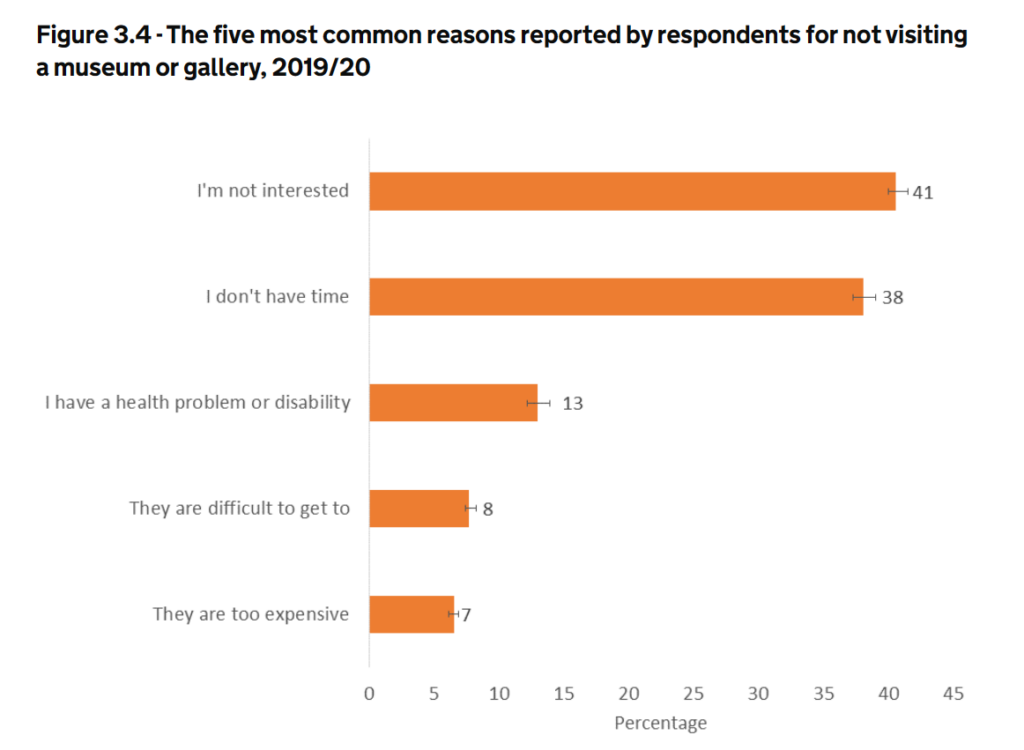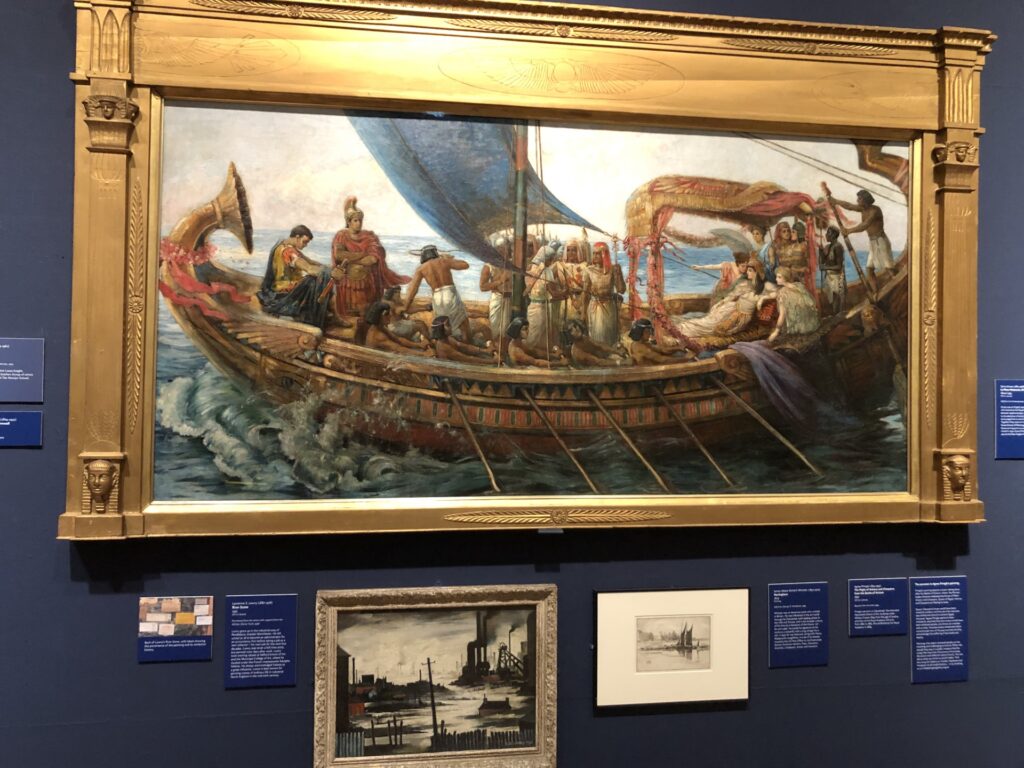Art can be found everywhere; the graffiti you walk past on your way to school, the film you watch before bed, and even the music you listen to in the shower.
It is the backbone of society, with it catering to everyone’s individual interests and talents.
Ranging from painting and drawing to sculpture and photography, the creative arts act as a form of stress-relief for both the artists who created it, and the witnesses who view it.

Art is also quite influential and “uniquely positioned to move people- inspiring us, inciting new questions, and provoking curiosity, excitement and outrage.”
The influence and necessity of art became clearer during the COVID-19 pandemic, most particularly when we were “relying more and more on the escapism and freedom that the arts provide.”
Whether we were cooking new recipes, watching a new TV series, or using social media, we all turned to a form of art to get us through the tough times.
However, despite this clear importance of art, there has been severe “systematic reductions in attention, funding, and worth allocated to the Arts sector”, with it being reported that creative career pathways such as dance and the fine arts are being disregarded by the Government in favour of STEM pathways.
This sense of overlooking art has also been reciprocated amongst the public, with places such as art galleries and museums seeing a distinct difference in the amount of visitor’s they have that are in the younger demographics, compared to those of ages 25+.
For example, in a survey completed by the UK Government, they found that “the most common age groups to visit a museum of gallery were between 25 and 74 years old (55%)”, whereas only “45% of those aged 16-24 years visited at least once in the last 12 months”.
More information on the statistics of art galleries can be found in the 2 graphs below from the Gov.uk website:


This clear difference in interest and contribution to traditional ways of viewing art and history lead to questions of why. Is it a lack of interest or lack of opportunity and accessibility?
To answer these questions, I interviewed 2 young student who live in the centre of Newcastle, which is home to various galleries and museums that are free entry or have student discounts available.
Listen to the audio below to hear their experiences and opinions about art galleries.

“It was very white, clinical, and there was no music; all you could hear was the sounds of people walking around.”
“I went with a friend and felt like I couldn’t talk to them because it was so quiet. It felt like an environment I didn’t belong in”

“As a result of my experience in art galleries, I’ve tried to look at more obscure and alternative art by people who aren’t in the ‘high art world’, and who haven’t been accepted by the art cannon.”
This disposition and feeling of exclusion within traditional and somewhat ‘old fashioned’ ways of viewing art have led to people (particularly youths) seeking out art through other methods.
The most popular and accessible of which is social media.
Apps that are mostly aesthetics and photo-based, such as Instagram and TikTok, have recently become the digital age equivalent of art galleries. Here, the apps allow people of all ages, experience and popularity to showcase their art to an audience of likeminded people. This can even sometimes lead to becoming ‘viral’ and being able to make a profit from the engagement from social media.
Video details
All videos above were taken from TikTok. All ownership and credit belongs to the creators of each post.
Usernames from left to right:
- 1. @ juliaockert
- 2. @ elizabethlangreiterart
- 3. @ boakeadamsson
Examples of art on social media include artists revealing painted canvases, showcasing a full tutorial on how to draw, or even painting using the colours suggested by their viewers. By engaging their audiences digitally and remotely, it allows such social media artists to gain popularity and a fan base, and even start up businesses where they take commissions and sell their original art as well as prints.
Videos Information
All videos above were taken from TikTok. All ownership and credit belongs to the creators of each post.
Usernames of the creators from the left to right.
- 1. @ artbyzesty
- 2. @ artparfilo
- 3. @ collage.garden
This shows that whilst art galleries have possibly seen a decrease in visitors in the younger demographics, it isn’t due to a lack of interest in art itself. Instead, it could be due to the accessibility, diversity and wider variety of art that is offered via social media.
Despite this, it is important to remember and learn why physical art galleries still have an important place in society and why they shouldn’t be wholly replaced by social media.
To convey this notion, i visited 2 of Newcastle’s free art galleries; The Laing Art Gallery and The Hancock Gallery.
Watch the short video below to hear me narrate my experience, and to see the videos I took from a first person P.O.V.
*DISCLAIMER: Video may lose quality when put on full screen*
Whilst people’s experiences in art galleries vary, it becomes clear that they still remain important within our society.
The environments can envoke emotions and thoughts that can’t be replicated digitally via social media. The physicality of the experiences also add to the unpredictability of art galleries; you could meet other like-minded art fans, or even speak to the artist themselves during an exhibition.
Here are the links to some local art galleries in the Newcastle area:
